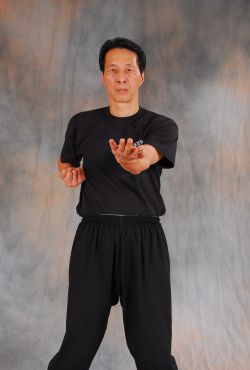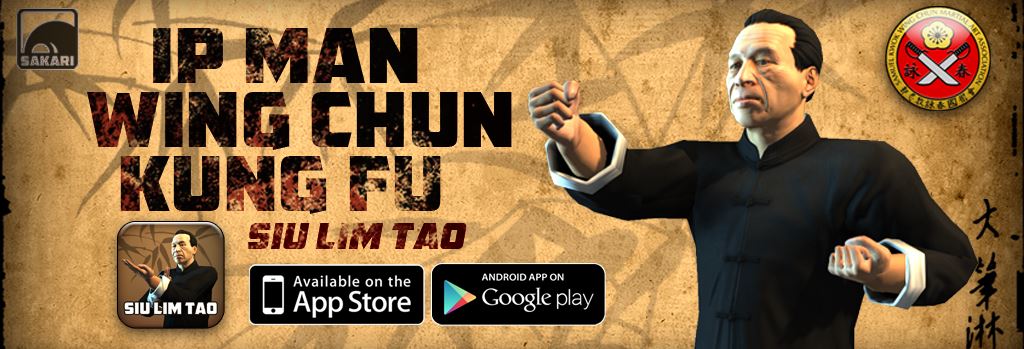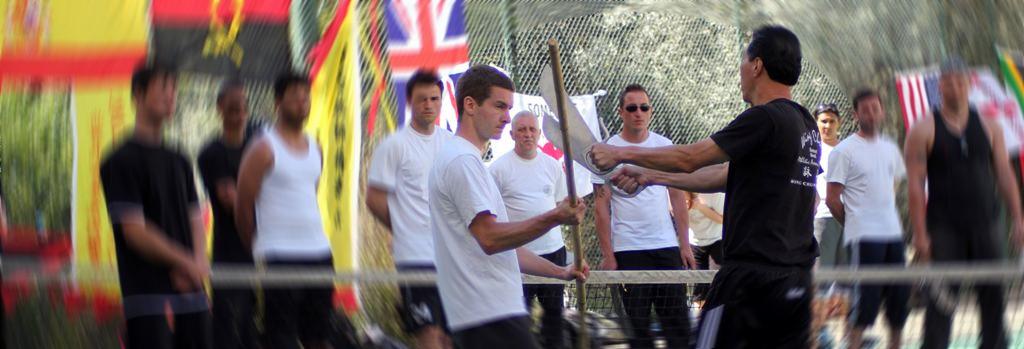Tan Sau - Wing Chun technique
Article by Oliver Sherrington added on 30 Aug 2012. Last updated on 9 Oct 2012.
The Technique - Tan Sau
 The Tan Sau sometimes spelled Tann Sao is one of the main basic positions in Wing Chun, and translates to mean 'receiving hand.' It features predominantly in Sil Lim Tau (the first empty hand form). The technique involves keeping correct elbow position and alignment, relative to the opponent. It is important that the Tan sau has forward movement, so that it meets and deflects an attack.
The Tan Sau sometimes spelled Tann Sao is one of the main basic positions in Wing Chun, and translates to mean 'receiving hand.' It features predominantly in Sil Lim Tau (the first empty hand form). The technique involves keeping correct elbow position and alignment, relative to the opponent. It is important that the Tan sau has forward movement, so that it meets and deflects an attack.
In the Forms
First appearance in the system:
Sil Lim Tao, done in the first, second and final section
Other appearances in the forms
Chum Kiu, and the wooden dummy form (Mok Yang Jong), throughout.
Improving the Technique
Yiu Ma
Using your yiu ma (turning stance) energy will improve the results of this basic block. Yiu Ma can be seen in the first section of the Chum Kiu (the second empty hand form), where the hip is used to drive the turn of the whole body. This turning motion will add power and strength to the Tan sau, and also make deflection much easier. This is because you are turning your body away from the threat, while also deflecting it in the opposite direction, sharing the required evasion over two movements acting simulatenously. Turning also helps add power to any simultaneous strike you deliver with the Tan Sau.
The Advanced concept and principal
In order to properly understand the advanced concept of the Tan Sau, consider the clearing movement at the end of the first form. It is similar because Tan Sau also seeks to 'clear' and/or bridge any attacks on the centreline.
As in the clearing from the first form, a twisting motion of the wrist should be used, so that ging (last minute energy) is generated. Begin the motion with the thumb closest to the ceiling, rotating the wrist until the palm is flat and the arm in correct basic position. The twist motion should finish at the same moment the basic Tan Sau position is reached.
This is best demonstrated in the final section of the dummy form. After three low bong sau's, there is a turning Tan sau. If you are not clearing your centreline correctly, then you will hit the wrong arm with your fingers causing pain and making it clear you are in error. The Tan Sau movement should be able to be executed with energy and speed without causing this painful error.
Always remember that the position of the Tan Sau, in reality, is not fixed. It is important to tweak the positioning relative to the attack. For example a taller aggressor will mean a higher Tan Sau may need to be used.



